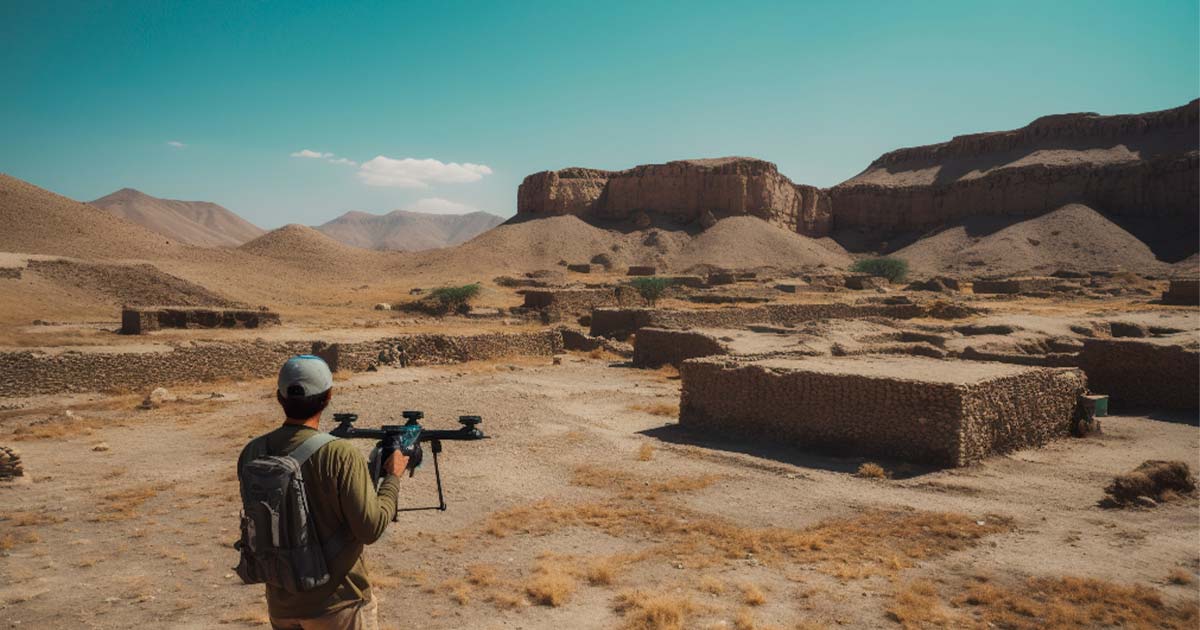Uncovering the Past: The Role of Archaeological Research in Reconstructing History
The enormous responsibility of comprehending our past falls to historians, anthropologists, and archaeologists. Our understanding of past civilizations and their contributions to contemporary culture is enriched thanks to the field of archaeology, which offers a distinctive and critical viewpoint on human history. We will examine how modern archaeology reconstructs history through thoroughly discovering archaeological techniques, the role of technology, and the special place of significant archaeological finds in revealing the past.
The Essence of Archaeological Research
Field surveys and excavations form the backbone of archaeological investigation. Archaeologists meticulously survey potential sites to detect signs of past human activity, employing aerial surveys, ground inspections, and geophysical techniques. Following a successful survey, the team proceeds to the excavation stage. This process involves removing soil layers and recording each discovered artifact or feature. Every excavation site is treated like a crime scene, each layer of soil a chapter in a history book, and every unearthed artifact a valuable piece of a centuries-old jigsaw puzzle.
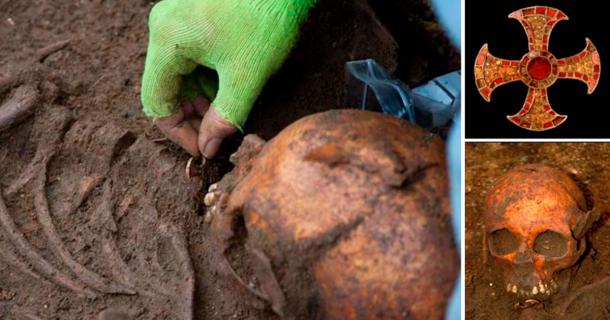
Left, The Trumpington Cross is found during the excavation of the burial in 2012. Top right, The Trumpington Cross. Bottom Right, Skull of Anglo-Saxon girl in the burial. (University of Cambridge Archaeological Unit)
Analyzing Archaeological Finds: From Pottery to Human Remains
Post-excavation analysis is where the detective work begins. Each artifact, structure, or biological remains undergoes rigorous examination, deciphering the story it carries. The study of pottery shards can reveal details about an ancient society's diet, trade relations, and technological capabilities.
Examining burial sites and human remains can shed light on health, lifestyle, societal structure, and religious beliefs. Through careful analysis, archaeologists breathe life into these artifacts, transforming them from mere objects into narrators of history.
In this scenario, conducting an excavation can be quite time-consuming, particularly for student archaeologists who have to deal with an overwhelming amount of paperwork after the dig. As a result, some students rely on writing services to assist them, drawing from sites such as https://scamfighter.net/review/samedayessay.com to identify reliable services.
- 21,500-Year-Old “Writing?” Not Everyone Is Buying It!
- Huge Votive Deposits Emerge From Sicily’s Valley of Temples, Shed Light on the Exodus of 406 BC
Technological Revolution: Enhancing Archaeology
The past century has witnessed unprecedented technological advancements, revolutionizing countless archaeology disciplines. Cutting-edge technology facilitates more precise excavations and provides sophisticated methods for analyzing findings, profoundly influencing our ability to reconstruct history. Let’s look at some of these innovations.
Geospatial Technology: Revealing Hidden Sites
Geospatial technology, including Geographic Information System (GIS), Light Detection and Ranging (LiDAR), and satellite imagery, has become an invaluable tool for archaeologists. These technologies allow them to discover, map, and investigate sites in previously unimaginable ways. High-resolution imagery and mapping technologies allow archaeologists to detect subtle anomalies in the landscape that could indicate the presence of archaeological sites, even in dense forests or under bodies of water.
Radiometric Dating: Determining Age with Precision
Techniques like radiocarbon dating and thermoluminescence have brought remarkable precision to dating archaeological findings. For example, radiocarbon dating allows archaeologists to determine the age of organic materials up to around 50,000 years, greatly enhancing our understanding of timelines in prehistoric and historical periods.
The field of archaeology is truly fascinating, but it demands a significant investment of time for study. In excavations, it's not as simple as grabbing a shovel and starting to dig; instead, it requires a clear understanding of where and what you're looking for, which entails analyzing a wealth of information beforehand. Consequently, one can organize their study process with the help of sites like wfhadviser.com
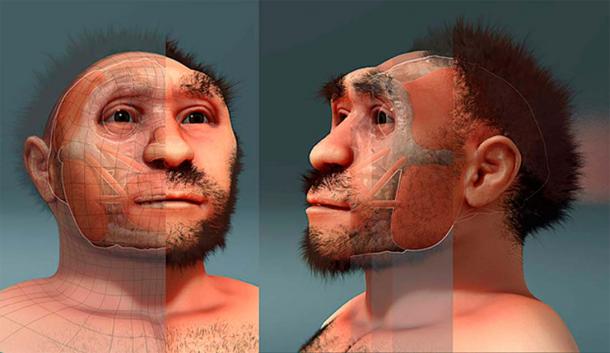
Forensic facial reconstruction of Homo erectus (CC by SA 4.0)
Digital Archaeology: A New Frontier
The digital age has also impacted archaeology, with 3D modeling, Virtual Reality (VR), and Augmented Reality (AR) increasingly employed for various purposes. These technologies can help digitally preserve and recreate archaeological sites, making them accessible for research and education. They allow for virtual tours of archaeological sites, opening up possibilities for public engagement and educational opportunities.
- Beyond Shovels and Brushes: The AI-driven Evolution of Archaeological Exploration
- Satellite Images Reveal Japanese Kofun Tombs all Aligned to Rising Sun
Digital Tools and Techniques: From Data Management to Virtual Reconstructions
Modern archaeology has witnessed the emergence of "digital archaeology" due to the widespread use of digital technology. Large volumes of data gathered from archaeological studies are managed, analyzed, and visualized with digital databases and GIS (Geographic Information Systems). Additionally, the investigation and interpretation of archaeological finds are aided by 3D modeling and virtual reality technologies to reconstruct archaeological sites and artifacts.
Noteworthy Archaeological Discoveries
Archaeology is a field that has unlocked many historical mysteries and given us a window into the past. The following are illustrative instances of how important archaeological findings have been to our comprehension of history.
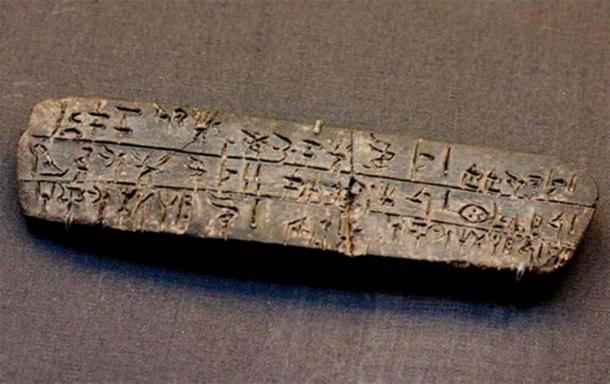
Clay Tablet inscribed with Linear B script dated 1450-1375 BC, Knossos (CC BY 2.0)
Deciphering Ancient Scripts: The Rosetta Stone and Linear B Tablets
The Rosetta Stone, discovered in 1799, was crucial in understanding ancient Egyptian culture. The granite slab contained a decree issued in 196 BC, inscribed in three scripts: Ancient Greek, Demotic, and hieroglyphic. Scholars used their understanding of Ancient Greek to decipher Egyptian hieroglyphics, a monumental achievement in Egyptology.
Another crucial archeological discovery is the Linear B tablets discovered in Knossos, Crete, in 1900. Linear B, which was deciphered in the middle of the 20th century, is the earliest Greek that has been found. The records, composed on clay tablets, included a wealth of information about the economic organization of Mycenaean society.
Exploring Prehistoric Art: The Lascaux Caves and Chauvet Cave
Prehistoric cave art offers a window into the minds of our earliest ancestors. The Lascaux Caves in France, discovered in 1940, contain a complex set of cave paintings dating back to the Paleolithic era. The drawings, including representations of large animals and abstract symbols, provide significant insight into prehistoric humans' symbolic thinking and cultural practices.
Similarly, the 1994 discovery of the Chauvet Cave in France is home to some of the best-preserved figurative cave paintings in the world, some of which date back as far as 30,000 years. These beautiful animal images and other significant symbols have sparked discussions about the evolution of creative expression in prehistoric human civilizations.
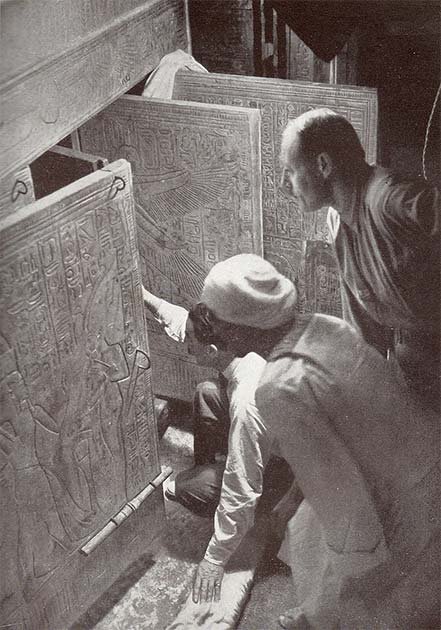
Howard Carter (squatting), Arthur Callender and an Egyptian workman, looking into the opened shrines enclosing Tutankhamun's sarcophagus in 1924. (Public domain)
The Tomb of Tutankhamun: An Insight into Ancient Egyptian Burial Practices
The discovery of Pharaoh Tutankhamun's tomb by archaeologist Howard Carter in 1922 remains one of the most significant archaeological finds. The tomb, undisturbed for over 3000 years, provided an unprecedented insight into ancient Egyptian burial practices and beliefs in the afterlife. The artifacts within the tomb, including the famous golden mask, illuminated the wealth, craftsmanship, and power of the New Kingdom period.
The Terracotta Army: Reflecting the Authority of China's First Emperor
The Terracotta Army, a collection of life-sized terracotta sculptures representing the armies of Qin Shi Huang, the first Emperor of China, was discovered in 1974 by local farmers in Xi'an, China. The thousands of detailed, individually crafted soldiers, horses, and chariots were created to accompany the emperor into the afterlife. This massive funerary art reflects the authority and resources of the emperor while providing insights into the military, cultural, and technological history of the Qin Dynasty.
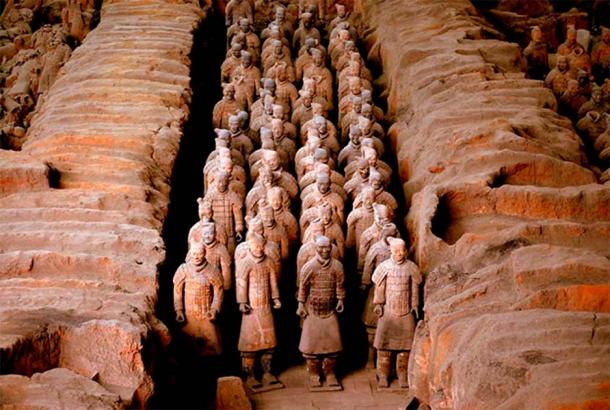
Terracotta Warriors, Xi’an, China. (Public Domain)
Pompeii: A Snapshot of Roman Life
The archaeological site of Pompeii, which was covered in volcanic ash after Mount Vesuvius erupted in 79 AD, offers a distinctive glimpse into Roman society. One of the most significant locations for studying the Roman Empire is Pompeii because the city's buildings, antiques, and even the casts of the victims provide a wealth of information about the culture, society, economy, and art of the time.
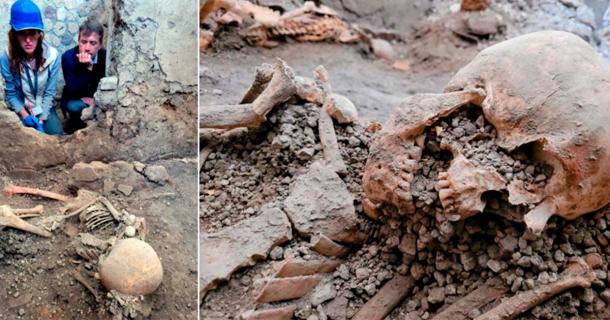
The two earthquake victims found in Pompeii. Source: Archaeological Site of Pompeii
Concluding Remarks
Archaeology serves as the thread that weaves together different eras, cultures, and civilizations in the grand tapestry of human history. It gives voice to those who lived before us, uncovering their stories by carefully examining the material traces they left behind.
From mapping ancient cities with geospatial technology to deciphering forgotten scripts, archaeologists continue to enhance our understanding of the past. Every excavation unveils a new piece of the human story, adding depth to our collective memory. By bringing the past into the present, archaeology guides us in understanding our future, highlighting the continuities and transformations in our shared human journey.
* This article contains sponsored links.
Top image: Archaeology aids in our understanding of history. Source: koldunova/Adobe Stock
















